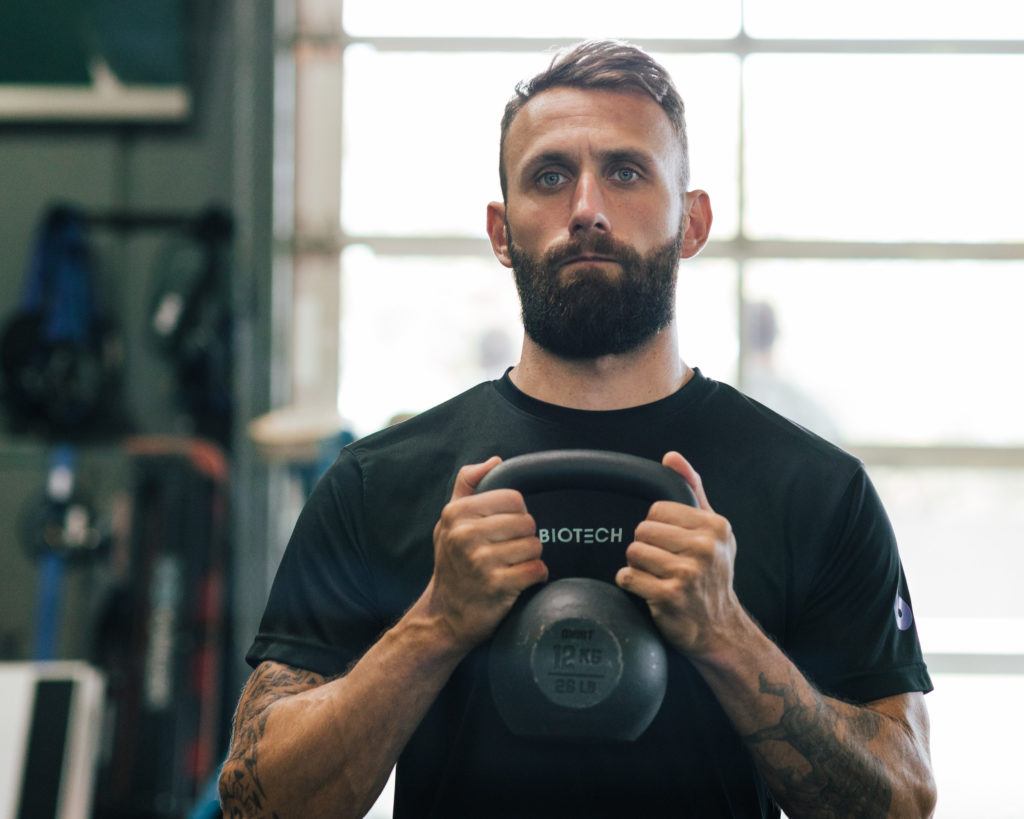Did you know the Free Resources section on our site includes full-length presentations from ALTIS CONNECT to give viewers an idea of what they can expect on the platform? The latest addition to this group of videos comes courtesy of Dr. John Wagle. Read the summary below from Strength & Power Coach Jason Hettler to learn more about this fantastic presentation and then head over to the Free Resources section to view it at length!
…
I often get asked about my favorite Apprentice Coach Program presentations and it’s really tough to answer after 6 years of attendance. There have been so many great presentations from both guests and ALTIS staff that I’m always worried of leaving some well-deserving presentations out of the line-up.
So while my list is ever-growing and ever-changing based on what comes to my mind on the spot, this presentation from Dr. John Wagle of the Kansas City Royals is certain to get many mentions.
In this presentation titled, Reinventing the Wheel: Applications to Modern Training Theory, Dr. Wagle takes us on a journey into his PhD work covering Accentuated Eccentric Loading (AEL).
Wagle and colleagues uncovered a need for a formal definition of AEL after combing through the research and realizing that while it has been explored, it was yet to be defined.
Therefore, the definition offered is…
“Accentuated Eccentric Loading prescribes eccentric loads in excess of the concentric prescription of movements that require coupled eccentric and concentric action, while creating minimal interruption to the natural mechanics of the selected exercise.”

Within the presentation the stage is set by discussing the role of fractals and the General Adaptation Syndrome along with highlighting the differences between periodization and programming. On this topic, Dr. Wagle discusses the collective goals of each…
Collective Goals of Periodization:
- Properly manage fatigue to minimize potential for overtraining and injury.
- Maximize adaptations to training and positively alter physiology.
- Maximize performance preparedness at predetermined time points.
Collective Goals of Programming
- Drive the periodization model.
- Provide intentional and appropriate variation to properly manage fatigue.
- Direct training toward a desired physiological outcome within the allocated period of time.
Eccentric Muscle Actions Are Abundant In Sport
From speed/power events, to team sport and endurance-based endeavors eccentric muscle action serving as “shock absorption and/or an elastic spring” can be found all over the sporting landscape.
Targeted eccentric training is “ultimately attempting to exploit the eccentric force reserve” and by coupling the eccentric and concentric muscle actions we can allow for more specificity within our program design.
That being said, there is likely and time and a place for the uncoupling of these muscle actions. For instance, in regards to regional hypertrophy Dr. Wagle mentions that concentric-only muscle actions target the muscle belly via an increase in pennation angle and eccentric-only muscle actions target an increase in fascicle length for more distal adaptations.

As coaches we must always ask ourselves, “What is the desired adaptation and how am I going to achieve it?”.
With this, we must look at the various ways to load our eccentric training.
Arguably the most popular method, Supramaximal loading is accomplished when the eccentric load exceeds 100% 1RM. This type of loading can be used for “potentiating effects along with increases in strength and hypertrophy.”
When the eccentric load is less than 100% 1RM it is referred to as Submaximal landing. This is where we may see the “greatest metabolic/hormonal response.”
In addition to more standard barbell loading, we can use Dumbbells and band tension to “potentiate jump performance and increase the Eccentric Rate of Force Development.”
Potential Programming Tactics
Dr. Wagle uses a phasic categorization to frame the section of his presentation on programming and highlight various uses for AEL throughout the training year.
In the Accumulation Phase it can be used to “enhance work capacity through increasing muscle cross sectional area & architecture and improving the metabolic response.”
In the Transmutation Phase it can be used to achieve “greater eccentric rate of force development” and also “satisfies mechanistic criteria for potentiation.”
In the Realization Phase it can be used to “retain max strength (as higher velocities become the emphasis) and previous glycolytic machinery” that was developed previously. It is also during this phase that the acute potentiation of concentric output can be achieved.
This potentiation may come via “increased neural drive, greater transmission of stored energy, and increased calcium sensitivity.” But the challenge lies in managing fatigue as AEL training can be highly disruptive!
Proof of Concept (a brief case example)
Dr. Wagle concludes his presentation with a real-world example from using AEL during his time at East Tennessee State University with Dr. Brad DeWeese. With a monitoring program that included body composition, muscle architecture, jump characteristics, and isometric mid-thigh pull they were able to uncover a host of data.
Most notably the tracking of the reactive strength index modified showed a 16% reduction in eccentric duration of an unweighted CMJ along with increased jump height. Two very favorable adaptations in their own right!

Further Topics
I hope that this overview is sufficient in portraying the depth of information provided by Dr. John Wagle, but it certainly does not do the presentation its full justice. For that, you will need to check out the full-length video available for free for a limited time.
In addition to the content mentioned, the presentation covers fly-wheel training, AEL as Functional Overreaching, the prescription of clusters, and much more!
…
We cannot thank Dr. Wagle enough for sharing all of this great information with the ALTIS Staff, the ACP attendees, and subscribers to ALTIS Connect.

